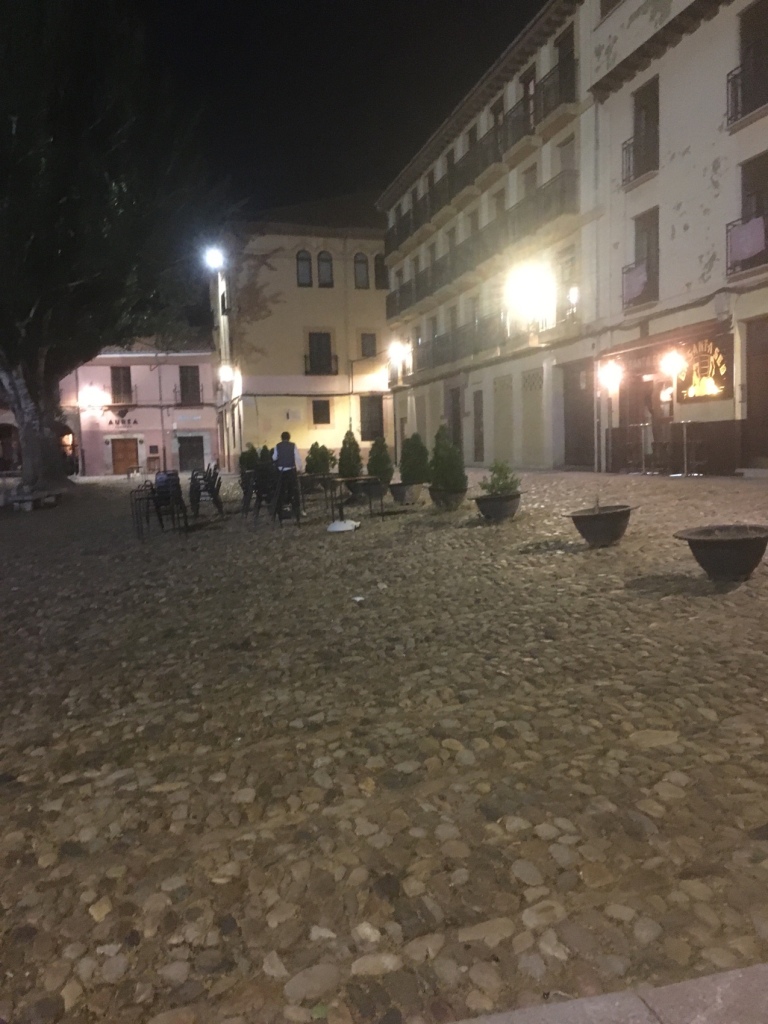
A forbidding daybreak over Leon with a threat of rain to come, but a brisk walk took us to one of Leon’s jewels – San Isidoro.
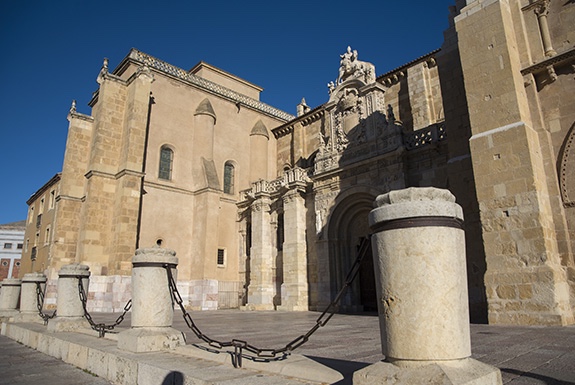
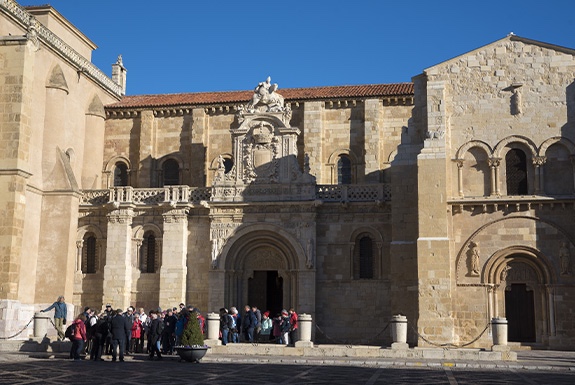

• Alfonso V.
• Ferdinand I
• Alfonso VI
• Urraca
• Alfonso IX
“The basilica also deserves to highlight its chapels , its museum (with a large amount of early medieval art and a library), the sculptures on its doorway and the architecture of the building itself.” TAKEN FROM THE WEBSITE

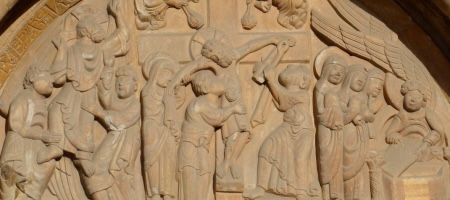

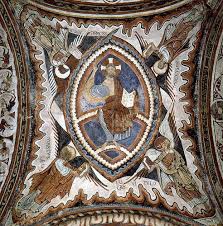
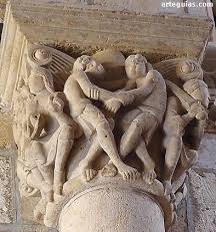
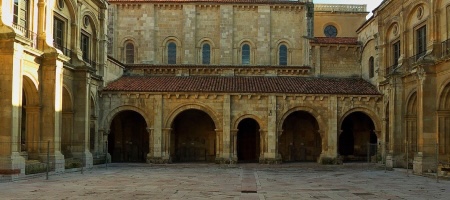
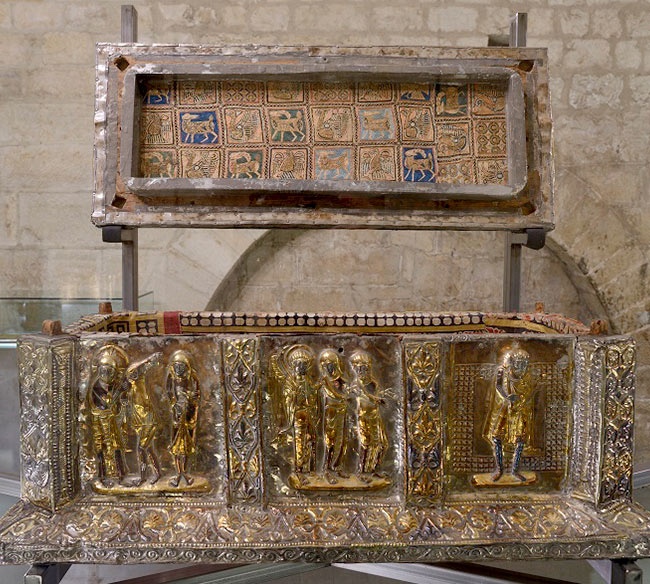

The most important piece in the museum is the chalice on display in its own room, La Sala del Cáliz .
It is a cup made up of two onyx stone bowls, dating from the 1st century AD, adorned with jewels from Doña Urraca herself and which has been linked to the cup used by Christ at the Last Supper .
That is, what we all know as the Holy Grail .
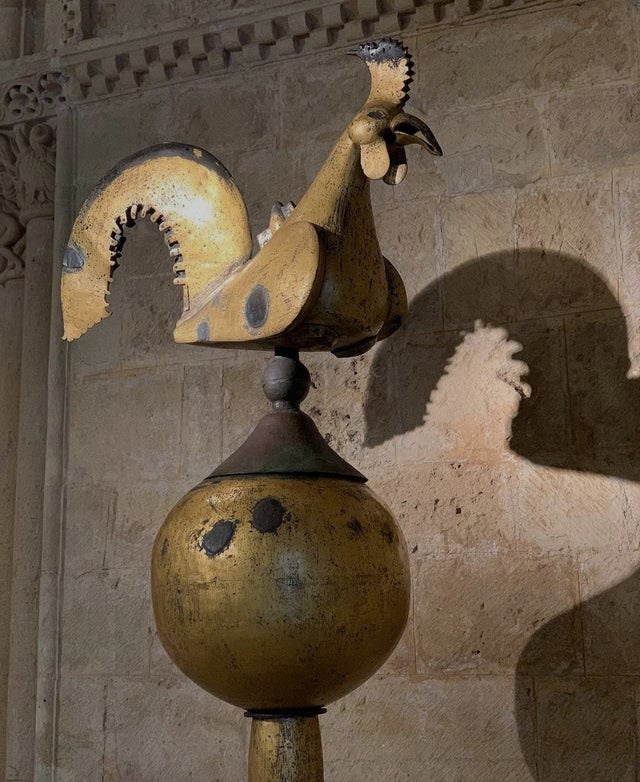
Today it is exposed to the public, and we know that it was not conceived as such. It is a large piece, made of leaded copper covered in gold, with gems serving as eyes (now disappeared), dating from the 6th century and coming from Persia. How did you get to Leon? Nobody knows , nor does anyone know what the inscription inside it means.For many years the tower that the San Isidoro complex has was crowned by the figure of a rooster, which everyone thought was a simple weather vane.
Who was San Isidoro ?
According to legend, a man in a white tunic appeared in a dream to Bishop Alvito de León, who told him that he was the Archbishop of Seville and asked him to take his remains to León, in addition to giving him indications of where they were (it was not known exactly).
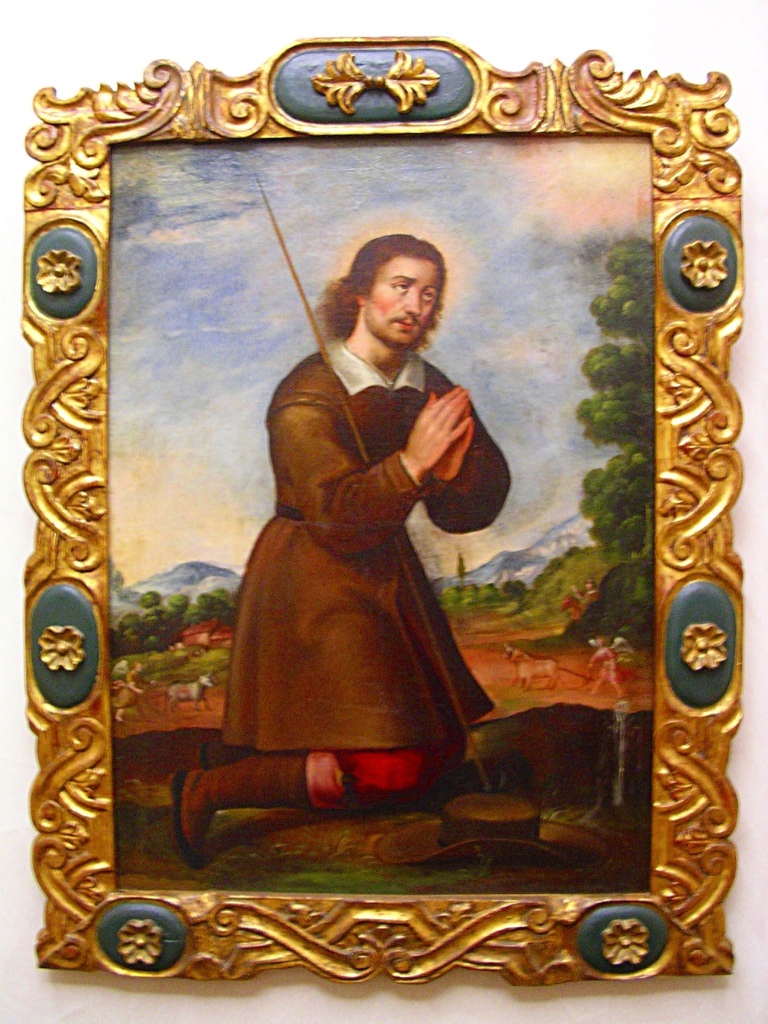
Indeed, he found the tomb of the archbishop, and how he also transmitted it in his vision, three days after the discovery he died in the city.
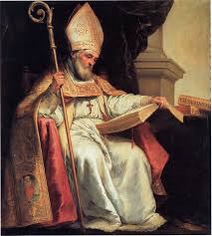
As already mentioned the advice from many guidebooks is to skip the first part of the route out of the city which traverses monotonous suburbs and industrial units. The whole walk from Leon to San Martin can be described as somewhat uneven terrain, for until arrival, everything has been an endless plain….or should I say pain”? There was little of photographic interest as the route crisscrossed – crossed the N 120.
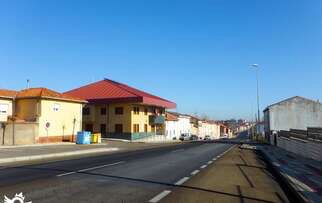
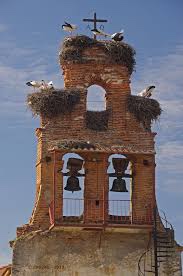
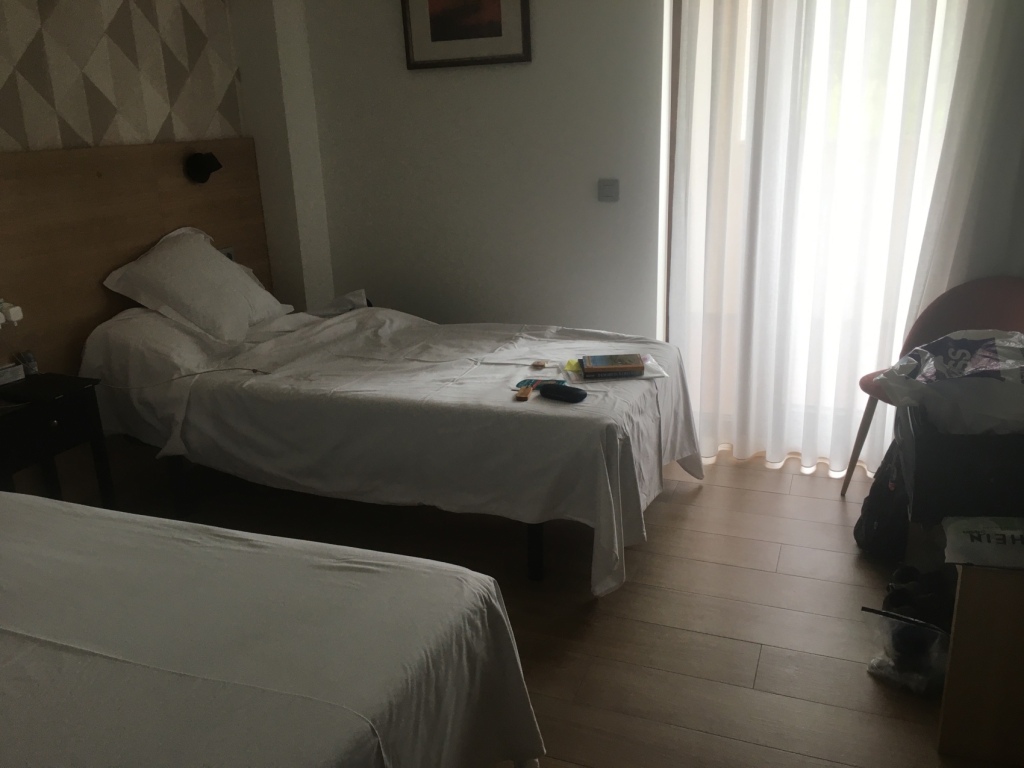




Leave a comment